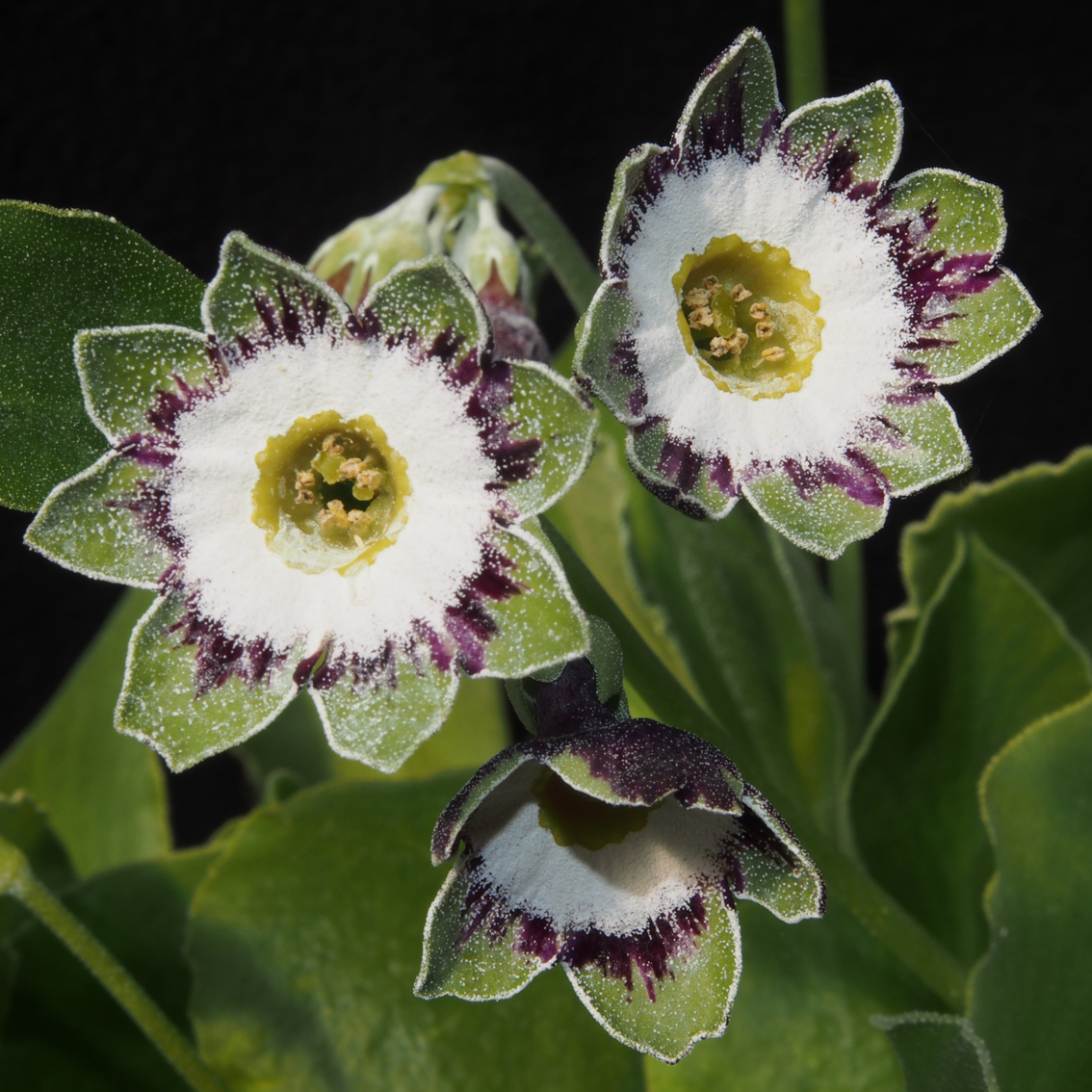
However, we found that reproductive traits of the only Mediterranean Primula remain more associated with cold mountain habitats than warm coastal cliffs. Both phenotypic plasticity and selective processes might have occurred in P.

Moreover, extended longevity of single flowers optimises reproductive success. Overall, the best pollen performances, in terms of viability and germinability, occur at winter temperatures, while pollinator activity prolongs flowering until spring. palinuri increases during the flowering season, and pollination reduces flower longevity. The number of insects visiting flowers of P. Data showed that flowering starts in mid-winter single flowers remain open for over a month, changing from pendulous to erect. palinuri adaptation to a warmer environment. The aim of this work was to investigate the possible evolution of reproductive biological and ecological traits in P. has endured all the climatic fluctuations since the Pleistocene, while surviving on Mediterranean coastal cliffs. Unlike its mountain congeneric, Primula palinuri Petagn. Within this framework, some species can be used as study systems to predict possible consequences of global warming also on other relatives. Under the pressure of global warming, general expectations of species migration and evolution of adaptive traits should always be confirmed with species-specific studies. (v) our results provide convincing evidence in favour of a "multiple-origin" of the peninsular Auriculas. palinuri in a phylogeneti-cally derived position is incongruent with an accumulation of plesiomorphic characters in this species which may support its interpretation as a palaeoendemic. marginata implying either long-distance dispersal from the west Alps or, more likely, the existence of a now extinct ancestor which was widespread in peninsular Italy. palinuri appears to be most closely related to P. balbisii in spite of their geographical contiguity and of some morphological similarity (iv) P. palinuri, the only species of Mediterranean coastal habitats, is not related to P. balbisii species complex represents an independent event (iii) P. cottia, and is the outcome of very recent (late Pleistocene) speciation (ii) the expansion to peninsular Italy of the problematical P. apennina belongs to the same calcifuge clade as P. Our purpose was to investigate the relationships of the three peninsular species, and hence to understand whether they are the outcome of a single or of multiple independent colonization events.

We also used DNA sequences of six chloroplast markers of all species.

We performed a phylogenetic study employing AFLPs (Amplified Fragment Length Polymorphisms) markers of 260 samples collected in the wild from 33 populations, covering all species, with a focus on the three taxa growing in the Apennine peninsula. auricula-P balbisii, a species complex distributed across all South European mountain ranges, and with the local endemics P. The subsection extends southwards to reach peninsular Italy with P. Euauricula Pax are mainly distributed in the southern Alps and Pre-Alps, with a very high rate of endemism: of 16-17 species currently recognized, seven are narrowly endemic and restricted to very small areas, four are endemic to various sectors of the southern Alps, and only five have a wider distribution.


 0 kommentar(er)
0 kommentar(er)
